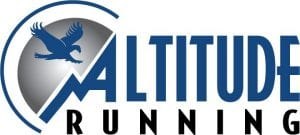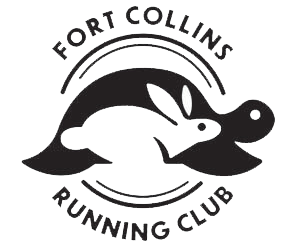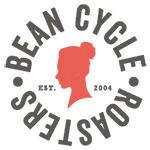How do you run strong and avoid injury?
As you continue to ramp up your Quad Rock training, it is important to train smart to avoid injury and go into the race ready to perform at your best! Sometimes it can be difficult to find the right amount of training that will improve your running performance and not lead to injury. Unfortunately, many runners tend to overtrain. Most running injuries are categorized as “overuse” type injuries. Plantar fasciitis, Achilles tendinitis, IT band pain, and “runner’s knee”, are common injuries sustained by runners. The high injury rates are due to training errors, muscle weakness, poor mobility (either from muscle tightness or joint stiffness), or running technique. Understanding the importance of these variables and improving them will help you maintain your optimal level of performance and minimize your risk of injury.
This article will focus on training errors. Training errors can include progressing your program too quickly, running too many miles, or not allowing yourself enough recovery time. It is important to remember that every tissue (muscle, tendon, bone, and ligament) in your body is constantly remodeling itself. All tissues get stronger when you apply “controlled stress”. Controlled is the keyword. Overstressing a tissue by running too many miles, poor running form, not being strong enough, not having good mobility, or not having enough recovery time can lead to tissue breakdown and injury. However, applying the right amount of stress will cause the tissue to remodel itself stronger. The right amount of stress will vary from runner to runner. It will also depend on factors such as your nutrition, sleep, and stress level. You get stronger during your recovery. Good nutrition, getting enough sleep, and stress management strategies such as mindful breathing or meditation will optimize your recovery and improve your performance.
It is also important to remember that stress is cumulative. This means you may be able to get away will high mileage weeks for months or even years, but eventually it will lead to injury. Other activities such as strength training, fitness classes, and low impact cardiovascular exercise also stress your tissues. It is the combined total of all physical activities you need to be aware of when you consider how much you are stressing your tissues. It’s not just running! Additionally, tissue weakens as we age. Many young runners can log high mileage weeks without a problem. However, the problem (and injury) comes when they continue with that type of training as they get older. We don’t need to stop running as we get older. We need to train smarter. Smart training now will pay off down the road and you won’t become another running statistic.
If you notice a new ache or pain, back off your training for a few days. Our bodies are remarkable machines. Scaling back your training or taking a few days off can be exactly what your body needs to remodel itself stronger and allow you to resume your training program. In contrast, pushing through a minor ache or pain will cause more tissue damage leading to a longer recovery. So, listen to your body and keep running strong!
Dr. Terry Gebhardt is a physical therapist and running performance coach at Colorado In Motion. He can be reached at Terry@ColoradoInMotion.com. His new book Minimalist’s Guide to Running an Ultramarathon is available on Amazon.








